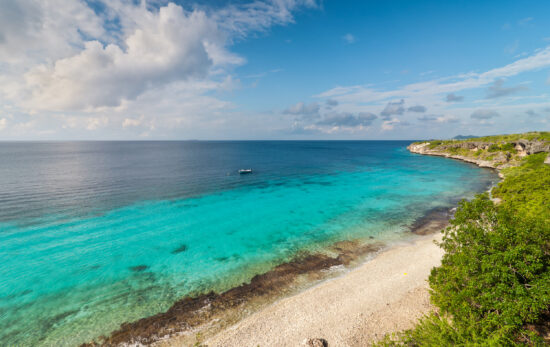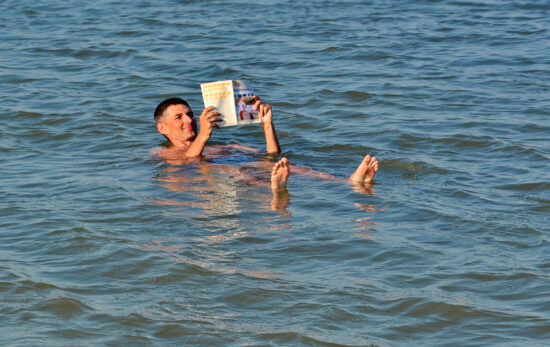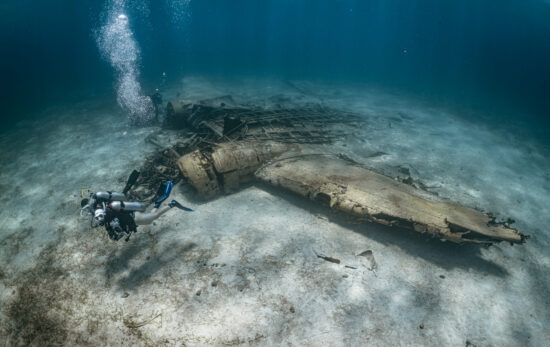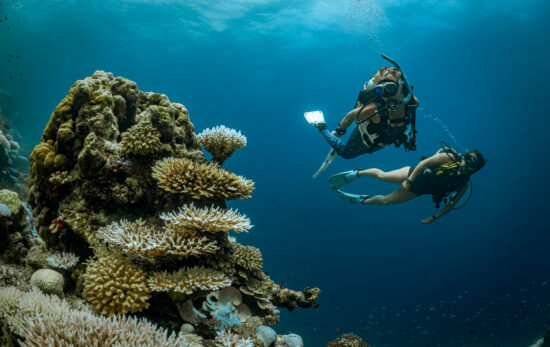Almost anyone can be a runner. All that’s required is proper footwear and the impulse to place one foot in front of the other. But not every runner goes on to complete a marathon or even a 5k. Those who do often profess that it’s the most rewarding experience of their lives. The underwater equivalent of this journey is becoming a PADI Rescue Diver. How do you know if this unique challenge is for you? Let’s break it down.
Some PADI certifications, like the Enriched Air (Nitrox) course, stress the practical application of theory, highlighting the mathematical fundamentals of gas planning. Other courses, like Peak Performance Buoyancy, focus on fine-tuning motor skills and muscle memory. Rescue Divers are unique in their grasp of both mind and matter in handling unforeseen circumstances.
What Can I Do With a Rescue Diver Certification?
Really, the question is: what can’t you do? As a Rescue Diver, you’ll learn how to confidently handle the stress of the unexpected, as well as how to recognize stress in others. It empowers divers to take accountability for their own safety underwater and enables them to assist their fellow divers in the event of an emergency. Learn about the components of an emergency assistance plan and practice implementing those actions during simulated scenarios.
The course isn’t just aimed at underwater rescues, either. Since emergencies can occur anywhere at any time, certification as a Rescue Diver is contingent upon the completion of the Emergency First Responder® course. The EFR course teaches students the fundamentals of administering first aid, basic life support — including chest compressions and rescue breaths (CPR) — and using automated external defibrillators (AEDs). The prestigious New England Journal of Medicine notes that bystanders make a big impact on the survival rates of cardiac arrest victims.
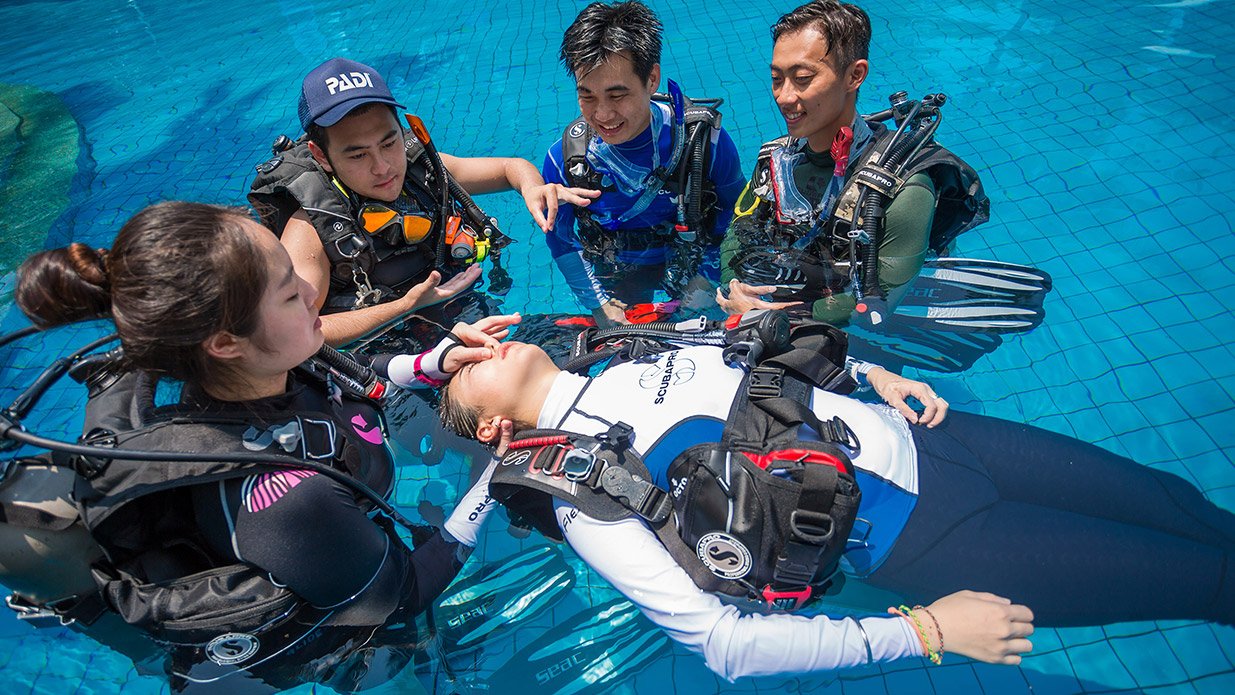
Pro Tip: Opt for eLearning to Optimize Your Rescue Diver Course
Task-loading underwater can be quite stressful — even more so during a rescue scenario, which is where eLearning’s distinct advantages shine. It’s a great tool for alleviating the uncertainty and mental challenges of staging a rescue.
Familiarize yourself with the principles underlying rescue skills in advance. Revisit the theory as often as you’d like until you feel confident in your knowledge. And the best part? You can complete the eLearning portion of the Rescue Diver course from the comfort of your own home. Then, connect with a PADI Dive Center near you to complete your in-water training — or combine the in-water skills with a tropical island holiday!
Although the prerequisites of the Rescue Diver course (a minimum age of 12 and certification as an Adventure Diver or Advanced Open Water diver) are straightforward, there is a physical element to some of the skills. Most adults of average fitness won’t experience any issues, but if you’re looking to boost your physical conditioning in anticipation of the course, it doesn’t hurt to dive more! That’s right, scuba diving offers a great workout!
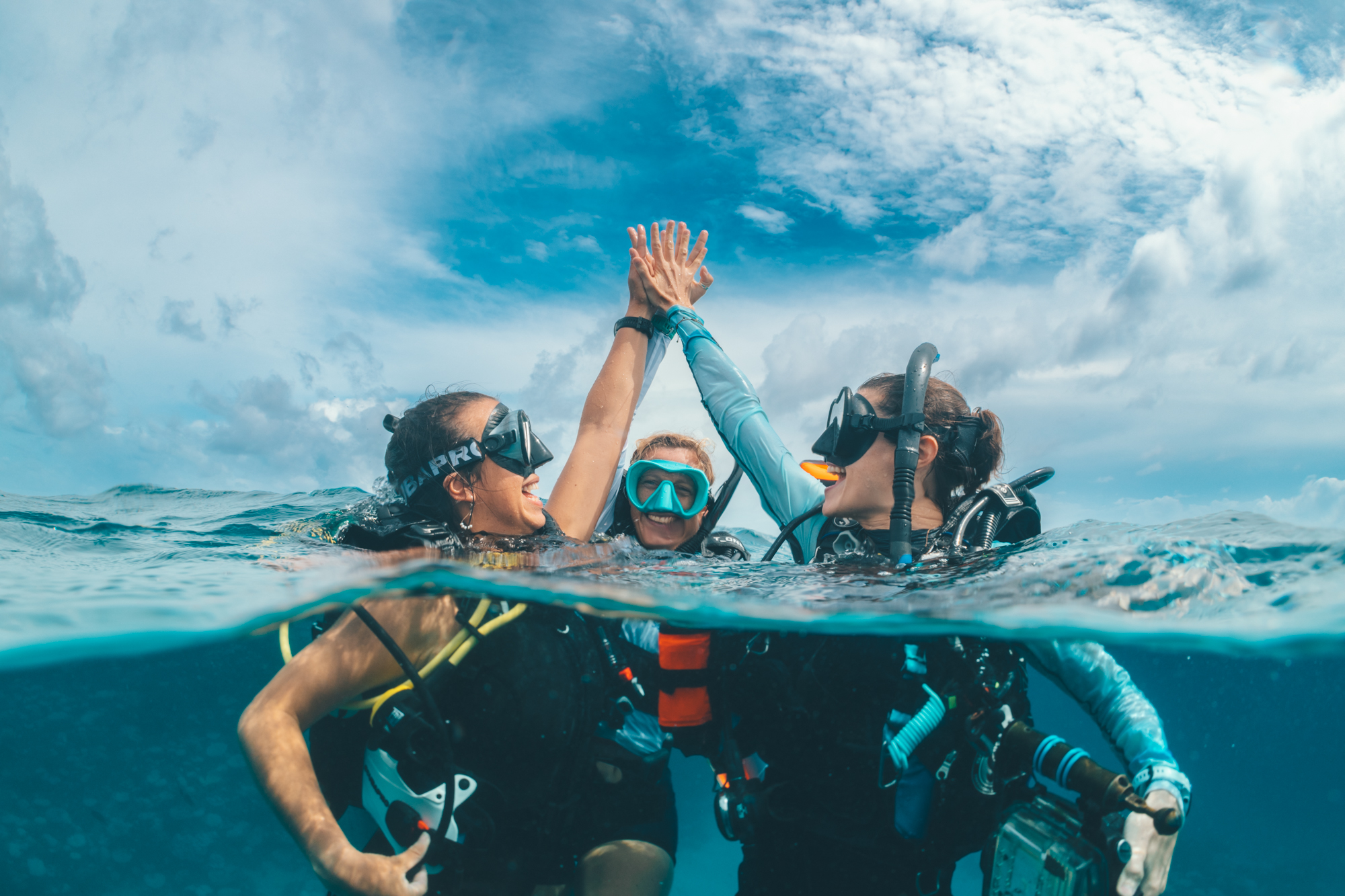
Ready to Master Mind and Matter?
Enroll in the PADI Rescue Diver eLearning course today! There’s no better time to master these skills and become the best dive buddy. But before you do, make sure you join PADI Club to score 20% off your eLearning course. Then get in touch with a PADI Dive Center (near or far) to schedule your course today!
Written by: PADI Open Water Scuba Instructor Jenny Chen @jenxwanders
